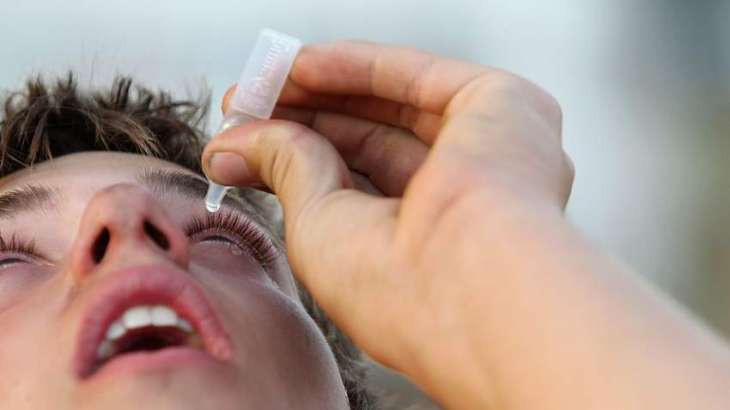Although scientists do not know the exact prevalence of dry eye disease, global estimates vary from 5% to 34%
ISLAMABAD (Pakistan Point News / Online - 18th October, 2019) Although scientists do not know the exact prevalence of dry eye disease, global estimates vary from 5% to 34%.The National Eye Institute estimates that it affects nearly 5 million people in the U.S.In the most severe cases, dry eye disease causes significant eye pain and sensitivity to light, and it can compromise an individual's overall quality of life. Dry eye disease creates dry areas on the cornea, which, in some cases, can produce scarring.
Several factors play a role in this condition. For instance, the body may not produce tear fluid in the right quantities or at the right time.Similarly, tear production is a complex process, and if anything goes wrong, it can affect tear quality.Experts have noted that there appears to be an autoimmune component meaning that the immune system attacks healthy tissues for some individuals.Researchers from the University of Illinois at Chicago have spent the past few years delving into the details of this disorder, trying to understand more about why it occurs and how to treat it.
The senior author of the latest study, Dr. Sandeep Jain, explains why finding a new solution is so important, "There are currently only two approved drugs to treat dry eye, and they don't work for everyone, especially those with severe disease."In earlier work, Dr. Jain and colleagues uncovered new factors that appear to help drive severe cases of dry eye disease. They found that neutrophils a type of immune cell produce neutrophil extracellular traps (NETs), which stretch like webs across the surface of the cornea.
Neutrophils produce NETs to trap bacteria outside of cells and destroy them.In the case of dry eye disease, NETs appear to trigger the production of autoantibodies antibodies that target the body's own proteins.The authors believe that these autoantibodies might play a role in th einflammation that exacerbates dry eye disease and makes it so difficult to treat in some cases. These particular autoantibodies are called anti-citrullinated protein autoantibodies (ACPAs).





